It is the monsoon season in the South East Asia. Again, there will be rains, after the intensifying heat. Again, there will be the smell of rain drops falling on the soil. Again, there will be merry children dancing in the streets. Again, there will be the smile on the face of the farmer, when he will find rain irrigating his field. Again, there will be water all around.
But, where does this water go. This water goes to its source- seas and oceans. What actually happens is that the rain water, through small drains, goes to larger drains, which then goes into canals and rivers. The volume of water keeps on increasing as new sources start merging into the river. Finally, this water ends up in the big oceans or seas. Very less amount of rain water goes into the underground water.
Coming to the underground water, we are constantly using the underground resources of pure water for our irrigation, household and industrial purposes. And after we use it, the water goes into sink, which again follows the same procedure to merge into a large sea. So, slowly, the pure underground water level is decreasing and this water is going into oceans, which are very unfit for these purposes.
It is a matter of great concern that the underground sources of water are not getting refilled. This means, one day these sources will be dry and there will be a huge shortage of water. The situation is already alarming because the levels of groundwater are already decreasing in many areas. With the increasing demand of water and the increasing wastage, the underground sources are getting scarce and pose a great problem for the future.
As a solution to the problem, rain water harvesting has emerged out to be one of the most reliable and applicable solutions through most parts of the world. Rain water harvesting is nothing but transferring the rain water to underground water, by which the level of underground water rises. Rain water is very pure, so there is no question about its purity.
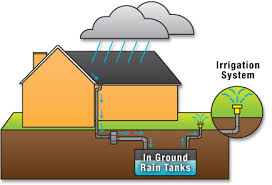
The water, collected on the roof, is firstly allowed to pass through pipes to the storage tank. A coarse mesh on the roof does not allow the debris to flow along with water. The pollutants can be removed by small layering of charcoal, sand and gravel, before allowing the water to enter the harvesting storage system.
The water can also be collected from the rooftops and stored in small tanks, which then can be used accordingly. Rain water is an independent system of water storage, but can be managed in colonies also. This system can act as a supplement to the main water supply.
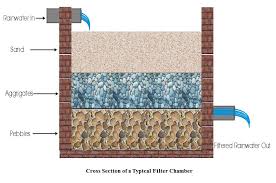
Also, it is important not to use and store the water of the first rain of the season, because it carries the pollutants of the atmosphere along with it.
One of the best uses of stored ran water can be made for irrigation purposes, because the water is free from any chemicals like fluorine or chlorine, thus do not provide any harm to the crops. With proper filtration systems installed, this water can even be used for household purposes.
Rain water conservation has been researched by many scientists and is considered one of the best ways for water conservation. This is the reason why it has been used successfully in many developed countries. Recently, the Chennai state government took an appreciable decision of building 50,000 rain water harvesting systems all over the state to meet the water demands. Punjab government has also started initiating this conservation system, realizing the increasing demands of water.

The effects, too, have been very satisfying. Implemented in some areas of Tamil Nadu, the state has observed a 50% increase in the level of ground water over the past five years. A similar system is also used by people living in the Thar Desert area of Rajasthan, to meet their demands in the dry season.
Rain water conservation is very important when we look at the present situation of water. The over-consumption of underground water has led it in the danger. The lower the water level, the more impure it is. It is a means of water conservation and energy conservation at the same time. So, the water which goes into sink, if the same water goes underground or is stored through proper ways can be utilized.
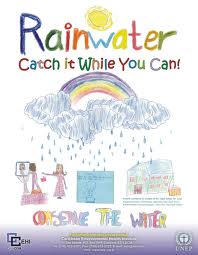
There is surely abundance of water in the monsoon season. The roads, streets, roofs, everything becomes watery. So, it is very wise to save some of the water for the dry seasons through this very effective technique.
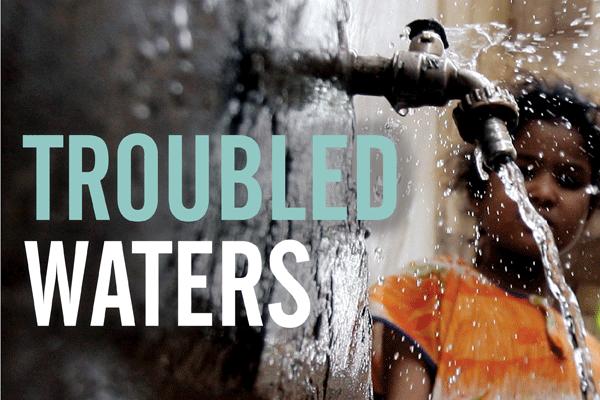
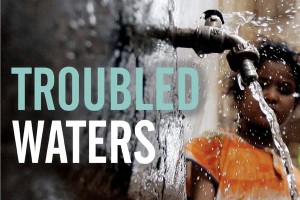
Leave a Reply